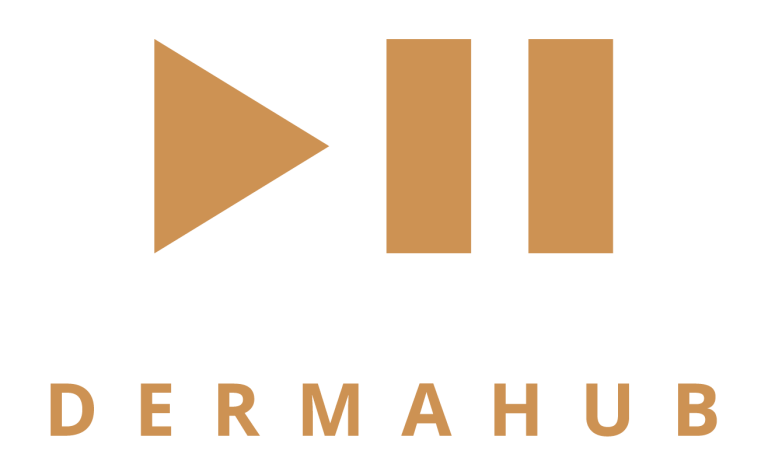Ultrasound Guided Facial Aesthetics
Explore the exciting and developing world of ultrasound in aesthetic medicine. This series introduces how ultrasound can be used to map vascular anatomy and to help guide aesthetic treatments. The tutorials cover guided treatments of the glabellar, forehead, tear trough and for rejuvenation of the mid-face. Whether you’re looking to improve your knowledge of facial anatomy, see how ultrasound can guide aesthetic treatments or considering adding ultrasound to your clinical practice; this series is a must-watch.
Number Of Videos
5 Videos
Duration
2 Hours
CPD Points
1.5
Course Description
Discover the innovative and rapidly evolving role of ultrasound in aesthetic medicine with this comprehensive tutorial series. Designed for practitioners seeking to enhance their understanding of facial anatomy and improve treatment precision, this series explores how ultrasound technology can revolutionise your approach to aesthetic treatments.
The tutorials provide a detailed introduction to using ultrasound for mapping vascular anatomy, offering unparalleled insights into the facial structure to ensure safe and effective procedures. Learn how ultrasound guidance can be applied to treat challenging areas, including the glabellar region, forehead, tear trough, and mid-face, with a focus on rejuvenation and minimising complications.
By integrating ultrasound into your clinical practice, you can elevate your skills in aesthetic medicine, offering patients more precise, tailored, and safe treatments. Whether you're new to ultrasound or considering adding this cutting-edge tool to your practice, this series provides valuable knowledge and practical applications to advance your expertise.
Learning Objectives:
- Understand the principles and applications of ultrasound technology in aesthetic medicine.
- Map vascular anatomy using ultrasound to enhance precision and safety during aesthetic treatments.
- Apply ultrasound-guided techniques to perform treatments in the glabellar, forehead, tear trough, and mid-face regions.
- Enhance your knowledge of facial anatomy to minimise the risk of complications and improve treatment outcomes.
- Integrate ultrasound into your clinical practice to offer advanced, tailored treatments for your patients.

